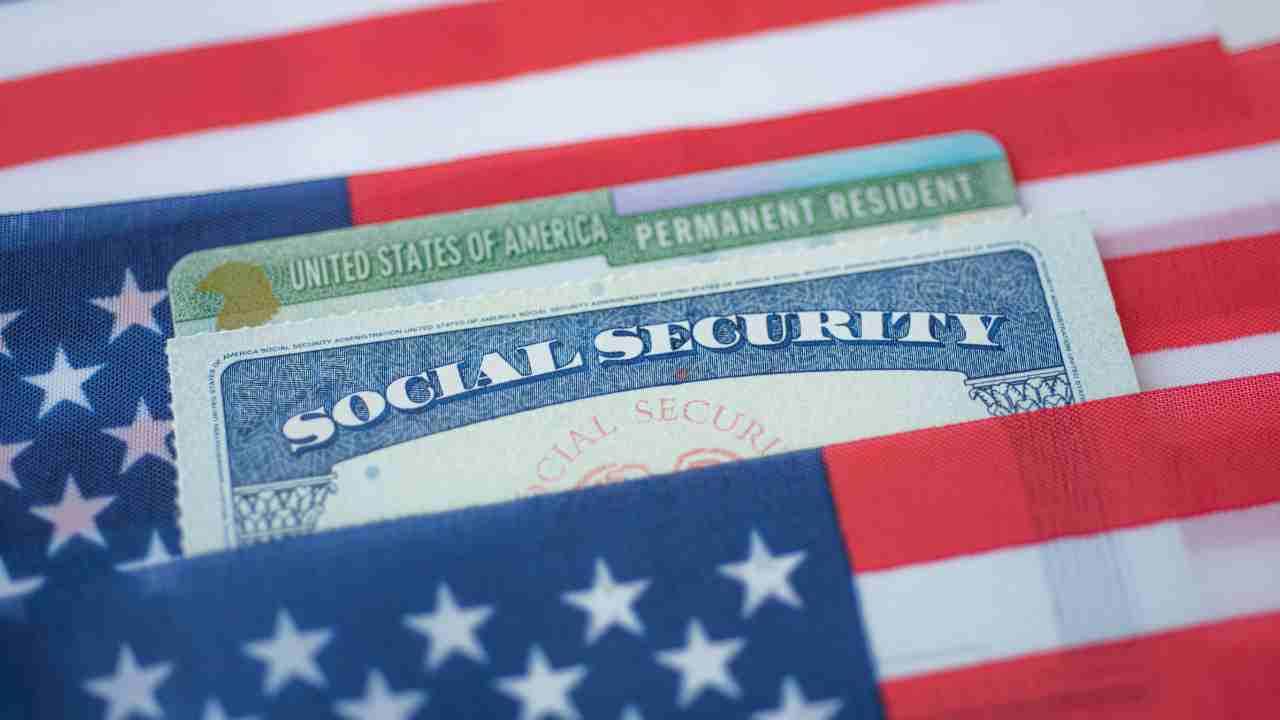Millions of Americans on Social Security are set to receive their October benefits this week and it’s the first round of payments since the program officially went paperless.
The Social Security Administration (SSA) now requires nearly all beneficiaries to use direct deposit or a Direct Express debit card. Paper checks are being phased out for good after a federal order pushed the change earlier this year.
Who gets their Social Security payment this week
According to the SSA payment schedule, retirees and beneficiaries born between the 21st and 31st of any month will get their October Social Security check on Wednesday, October 22. Those born earlier in the month have already been paid, the SSA distributes checks in waves each Wednesday, based on birth dates, to keep the system running smoothly.
How Social Security payments are divided
The Social Security payment calendar works like this:
- Birthdays from 1st–10th → paid the second Wednesday of the month.
- Birthdays from 11th–20th → paid the third Wednesday.
- Birthdays from 21st–31st → paid the fourth Wednesday.
If you’ve been receiving Social Security since before May 1997, your payment still arrives on the third of each month, unless it falls on a weekend or federal holiday.
Supplemental Security Income (SSI) payment dates
People who collect both Social Security and SSI get two separate payments: the SSI on the first of the month, and the Social Security check on the third.
Here are the next few SSI payment dates, per the 2025–2026 SSA calendar:
- Oct. 31, 2025 – for November
- Dec. 1, 2025 – for December
- Dec. 31, 2025 – for January 2026
- Jan. 30, 2026 – for February
- Feb. 27, 2026 – for March
Why Social Security is going fully digital
The move to end paper checks began after an executive order signed in March aimed at cutting administrative costs and delays. The deadline for agencies to comply was September 30, meaning October is the first full month under the new rule.
For most retirees, the transition should make payments faster and more secure. Still, some seniors without stable banking access have expressed frustration, saying the change adds an extra layer of difficulty in getting their benefits on time.

